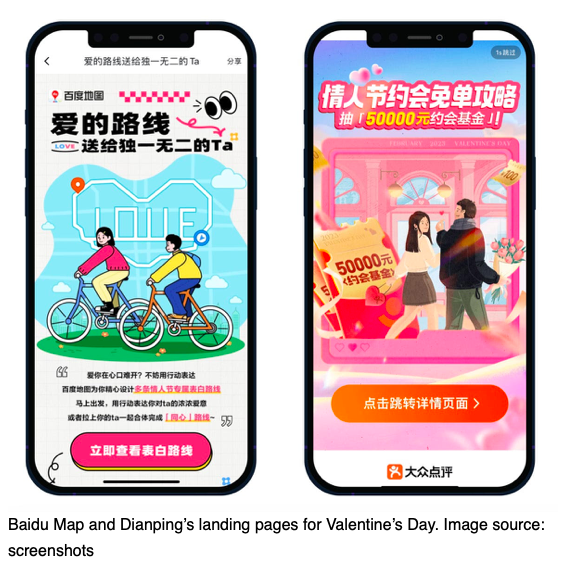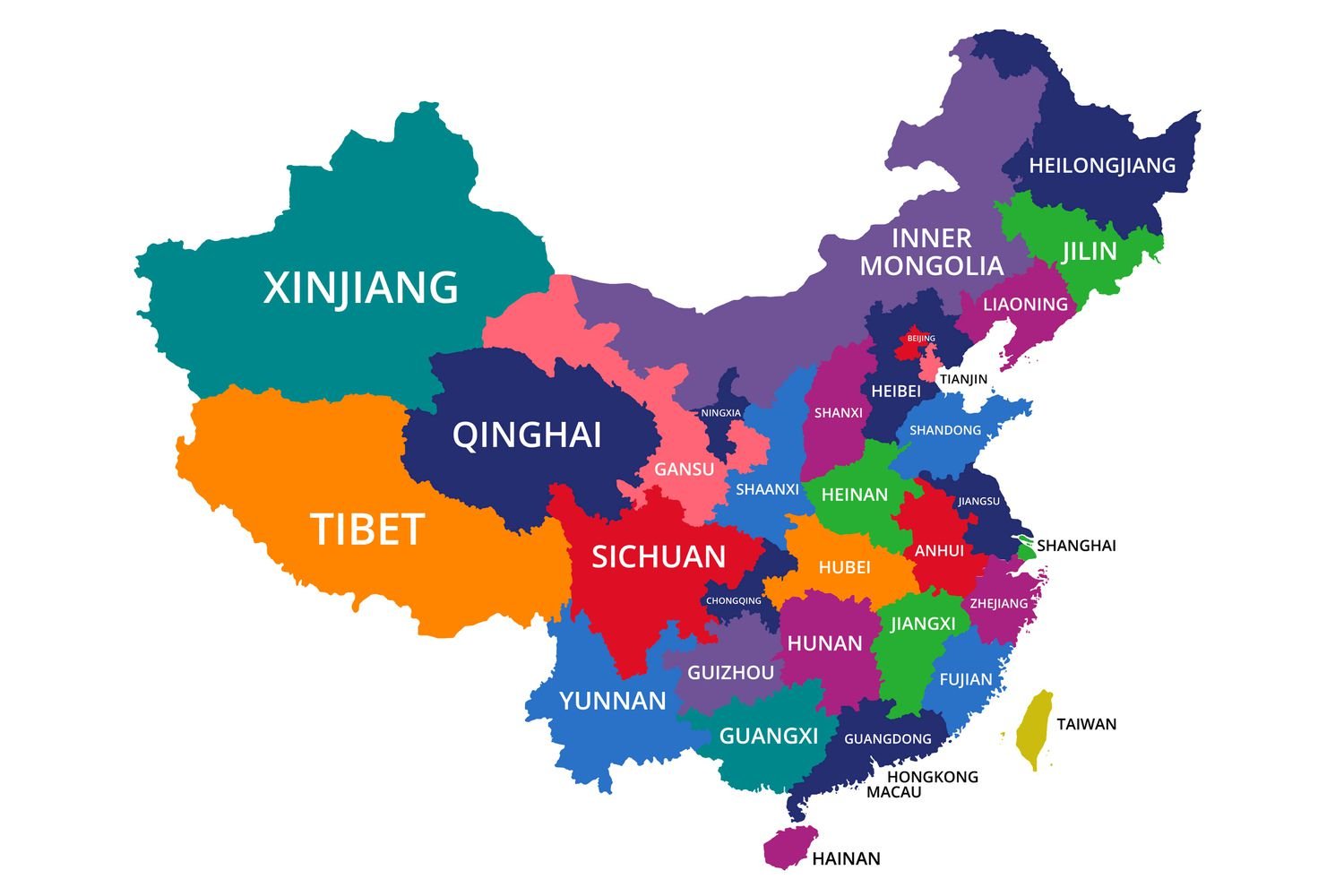The gifting of Hongbao, or red envelopes, to family and friends during the New Year festivities is about as common a sight as you can expect to see in China during Spring Festival, or Chun Jie (春节).
So why did a 13 second, totally wordless video of an unmarried aunt handing out Hongbao go viral in the last few weeks, and what does it say about China’s changing attitudes towards its often stigmatised unmarried women? Of additional importance though, what does this mean for brands entering or optimising their marketing activities in the China market?
Read on to find out our Hot takes.

The Auntie Everyone’s Talking About
Why did it go viral?
The video, title translation as My youngest aunt who believes in non-marriage doctrine is now back home to hand out red packets, was viewed 13.6 million times on Douyin, with 1.27 million comments and 2.28 million reposts,, with related topics on Weibo were viewed and discussed by a staggering 400 million people.
Whilst the video had a catchy song and smiling leading lady (which certainly helps), the reason it went viral was clearly because of its meaning, and it's loud and proud break from Chinese tradition, i.e. the handing out of hongbao from a nuclear family.
This video obviously goes against this tradition, but conveys a sense of positivity and pride in this auntie’s value as a breadwinner and pivotal part of the family. This is of course in stark contrast to the stigma and negativity typically associated with unmarried women over 27, or shèng nǚ in China.
What does this say about China’s changing attitudes towards unmarried women?
The video features an auntie who many in China would derogatorily refer to as a leftover woman, or shèng nǚ. The term Sheng Nu was very likely an invention by China to purposefully stigmatise having an unmarried lifestyle choice, more specifically to curb the very real economic challenge (for the state) in China of an uneven sex ratio at birth - essentially there are more boys for girls, which means that a high number of boys are likely to be unmarried, though not out of choice.

SK-II, the Japanese Beauty Brand produced content on the Leftover Women stigma
Whilst this stigma has undoubtedly cut through to amplify mainstream, conservative attitudes on the gender roles of women in Chinese society, a combination of mass education, beauty brands such as SK-II leveraging the topic for branded content, and knowledge sharing in China, has all likely affected attitudes too, especially amongst urban women.
Whilst it would be unwise to jump to the conclusion that China has totally accepted unmarried women’s role in society as a mainstay, a slight softening of stance is likely owing to this segment’s immense economic power.
According to Global Times data, 75% of household consumption purchases are made by women, whilst according to The Conversation, the 7 million or so urban Chinese between the ages of 25-34 contribute up to 41% towards China’s GDP.
Despite this, China still does have a mainstream stigma towards unmarried women, and often markets around shaming, as per Yaling Jiang’s Following the Yuan blog this week. Valentine’s Day advertisers ‘shaming’ Chinese singles is still commonplace which does reflect the mainstream cultural ideals.

What does this changing perception in China mean for brands entering or optimising in China, or with inbound Chinese
1. There are many Chinas
It is often tempting, especially when trying to deliver pithy, meaningful advice as a partner to brands entering China, to talk about broad attitudinal changes in China as one solid, cohesive moving object.
The truth is there are many Chinas. The many Chinas concept typifies the very mixed response that we observed Chinese netizens give the video on Douyin & Weibo: whilst many praised the auntie video as groundbreaking and tolerant of independent women in a refreshing way, many criticised the video for being a break from tradition.
For brands entering or optimising China, it is crucial to account for the regional nuance within China - messaging and positioning could very easily fall flat where there is a dominant conservative view, for example.
A quantitative and qualitative study by Yang Hu and Jacqueline Scott published in the Journal of Family Issues highlighted that people from rural and western China will tend to more traditional family and gender values than people from urban, eastern hubs..

Western and Far-Northern regions of China, broadly speaking, tend to hold more
Conservative views on family and gender
2. A more independent-focused messaging could land if well-positioned
Whilst taking the above nuances into account, the auntie video does capture an evolving zeitgeist when it comes to independent women, their economic power, and non-traditional family dynamics. Such themes, if positioned in a way that treads carefully, could land well for the right brand, especially in sectors where there is a natural tilt towards self-development, self-empowerment and independence.
One category that might lend itself is the beauty, skincare and cosmetics industries. According to research which we will publish in our Gen Z Beauty report in full next month, Chinese female cosmetic consumers are far more interested in cosmetic product benefits that make them feel more attractive and confident for themselves, rather than for attracting a partner.
You could logically follow how such sentiment could fit well with an evolving messaging narrative around independence.
3. Messaging can be specifically targeting a segment, but be prepared to alienate, and be weary of China’s political taboos
It goes without saying that China is a market in which messaging themes, especially if they are working in contrast to the mainstream in order to stand out (and commercialise), can fall flat and run the risk of a rebuke from the authorities.
With messaging, representative insight from real, in-market Chinese consumers is always the best bet. Hot Pot’s unique China Blueprint is our fundamental product for insight-driven market entry or optimisation success, and is totally customisable to budget, goals and whether you are focusing on strategy or marketing execution.
To explore how you can leverage changing attitudes across China in your messaging, get in touch with us at nihao@hotpothina.com
Related blog posts

